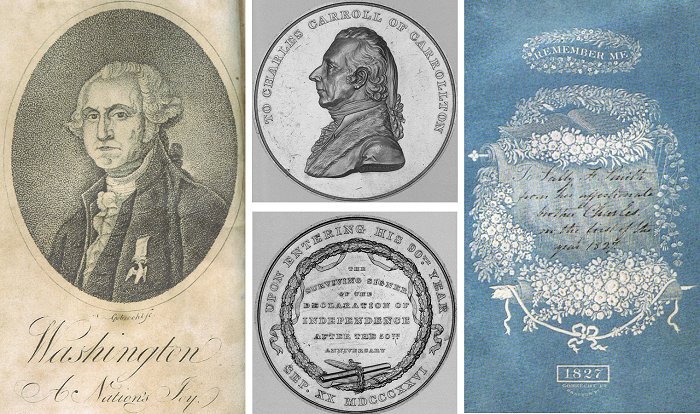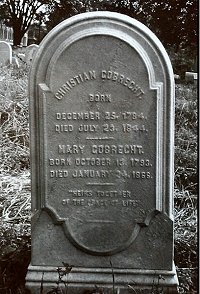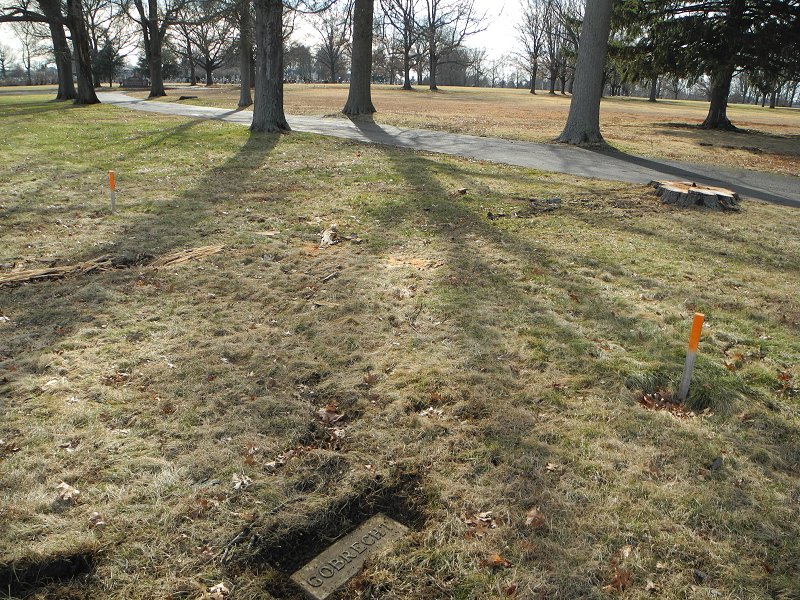Christian Gobrecht (1785-1844)
Third Chief Engraver of the United States
A number of designers brought us the Liberty Seated coinage that we study and collect. Two talented men, Christian Gobrecht and William Barber, both of them Chief Engravers of the United States, had the greatest influence. Others, such as Chief Engraver James B. Longacre, and assistant engravers Robert Ball Hughes and Anthony C. Pacquet, also made contributions over the long reign of Liberty Seated Coinage.

Early works of Christian Gobrecht
|
With experience in engraving dies, be became an engraver at the U.S. Mint. In 1836, he created his most famous work, the 1836 Flying Eagle dollar, now known as the Gobrecht dollar, and the basis for most of the Liberty Seated coinage that would follow for the next 55 years. In 1840, he was appointed as the 3rd Chief Engraver of the United States. By the end of his first year as the Chief Engraver, his Liberty Seated design migrated to all of the silver denominations, from half dime to silver dollar. By the early 1840s, his designs appeared on virtually all U.S. coins, from half cents to eagles.
|

Gobrecht's 1836 Flying Eagle Dollar |

Examples of Gobrecht's patterns and other coins
|
Christian Gobrecht died in office on July 23, 1844, and was succeeded by James Barton Longacre. He was interred at Philadelphia's Monument Cemetery after his death. By 1955, the cemetery, adjacent to Lehigh University, was dilapidated. With Temple wishing to acquire the cemetery land, the courts petitioned for relocation of the cemetery. The following year, 26,000 remains were moved, and Temple bought the cemetery land. Gobrecht, along with his wife Mary and two children, were relocated to Lawnview Cemetery in Rockledge PA, a northeast suburb of Philadelpha.
In the move, Gobrecht's original gravesite marker was lost, and he was unceremoniously placed in the Broad Lawn section, a giant field with no above-ground markers. He is in Lot 136, Section B, Grave 97. As the small grave markers in the field tend to get grassed over each year, the best bet to find Gobrecht is to ask at the cemetery office and they will take you to his gravesite and dig up the grass, if needed. Be sure to take his gravesite information with you.
|
|

Gobrecht's lost headstone |
Spotting map to Gobrecht's gravesite in Lawnview Cemetery, Rockledge PA, off State Route 232
 
Photo of Gobrecht gravesite marker
 
Photo of gravesite and surrounding stump and trees
  |